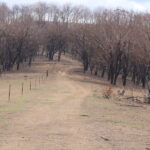NSW Farmers is inviting all farmers hit by the 2019/2020 bushfires to fill in a…
Watching out for fall armywom
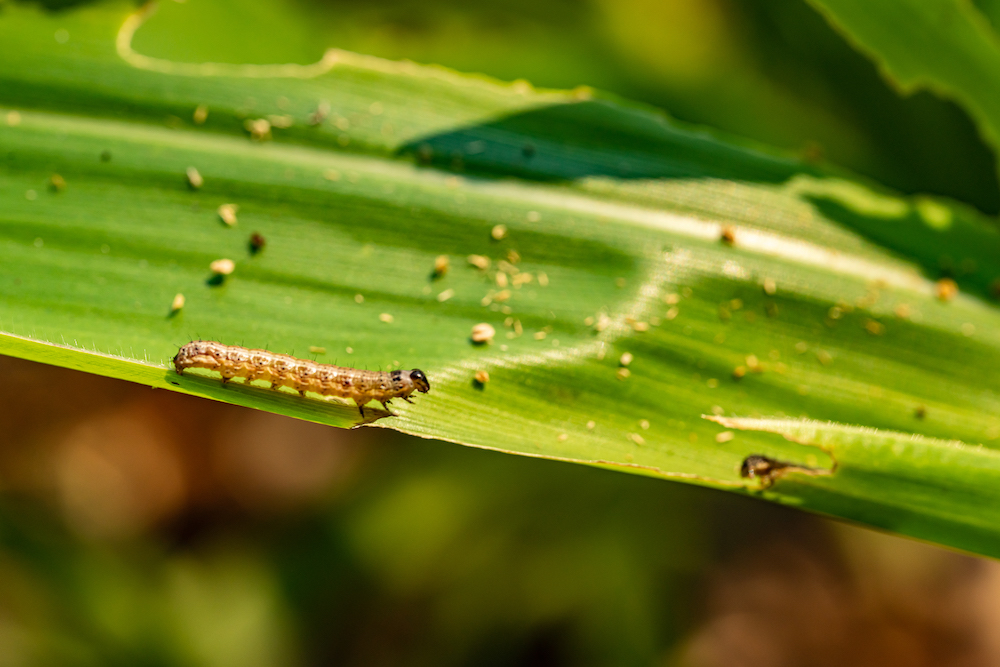
The FAW moths can travel up to 400 kilometres and while pheromone traps have been set up across the region to monitor populations, NSW DPI Research Entomologist Dr Lisa Bird says results from moth trapping activities show that populations are persisting in some locations on the North Coast.
�In New South Wales, because we have quite severe winters in terms of there being frost every now and again, FAW definitely does not survive over winter in the inland cropping regions of the state. However, on the north coast of New South Wales, we have seen some resident populations persisting over winter,� Lisa says.

Jump-off point for fall armyworm
�Because we know these populations persist in the northern cropping and coastal regions of New South Wales over winter, the likely starting point for incursions into the inland cropping areas of the state will be a lot further south this year,� Lisa cautions.
�As a result, it�s really about awareness. There is a much greater probability this year compared to last year that FAW will have a much more rapid and sudden dispersal. That is much more likely to impact high risk crops such as maize, sorghum and silage earlier this year than last.�
According to North Coast LLS Land Services Officer Donna Cuthel, producers should be on the lookout for damage to crops, ��windowing of leaves where larvae have hatched and small shot holes as leaves expand, caused by larvae feeding in the developing leaf whorl.
�Small larvae are difficult to identify, so we recommend growers keep suspect larvae on host crop leaves and grow them out for a few days until they can be more easily identified through photographs.�
North Coast LLS Land Services Officer Donna Cuthel.
According to Lisa � maize, sweet corn and sorghum have been the preferred food source for FAW since it was first detected last year, however, as the favoured crops are harvested, other crop species, such as pulses, winter cereals, sugar cane, rice and cotton, will become more susceptible.

Remain strategic with chemical use
In tandem with the necessity of monitoring to ensure early detection, followed by rapid intervention, Lisa says farmers need to be preemptive and plan for how they�re going to manage fall armyworm and consider how they�re going to roll out their chemical strategies.
In particular, chemical management should be looking to use more selective insecticides, rather than hardcore broad-spectrum insecticides.
�Broad spectrum insecticides are very damaging to natural enemy insect populations and there�s also very high levels of resistance to them,� she says.
�We know there are some parasitic wasps and predators out there that are extremely efficient, natural enemies of fall armyworm larvae. The use of those selective insecticides is really a key part of conserving those populations of beneficials to help suppress populations of fall armyworm.
�If producers go out and spray a broad-spectrum, they�re going to destroy those populations of natural enemies which is really counterproductive to managing the fall armyworm.�
NSW DPI Research Entomologist Dr Lisa Bird
FAW has developed a high resistance to synthetic pyrethroids and moderate resistance to carbamate insecticides, and it has a high chance of achieving further insecticide resistance.�
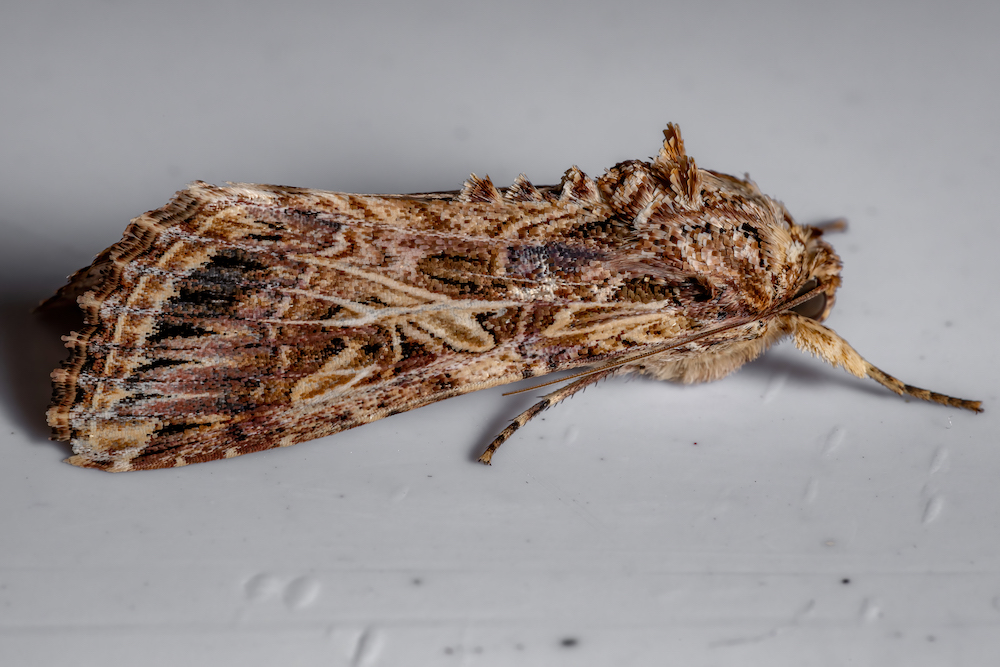
�The overuse of selective insecticides is going to increase resistance risk, not only for fall armyworm, but also for other moth species which occur within those same cropping systems,� Lisa explains.
�It�s vital that people understand that susceptibility really needs to be maintained so that we can conserve and preserve the efficacy of these pivotal crop management products.
�That gets back to the key point of regular monitoring because that�s when producers are going to get the most bang for their buck with these chemicals,� she says.
�There is no point waiting until the larvae are entrenched in whorls, so detection requires regular and vigilant monitoring. Farmers also need to make sure that they�re going out with timely applications of insecticides on threshold and rotating insecticides with different modes of action so they�re mitigating the risk of opening up resistance to any one particular insecticidal group.��
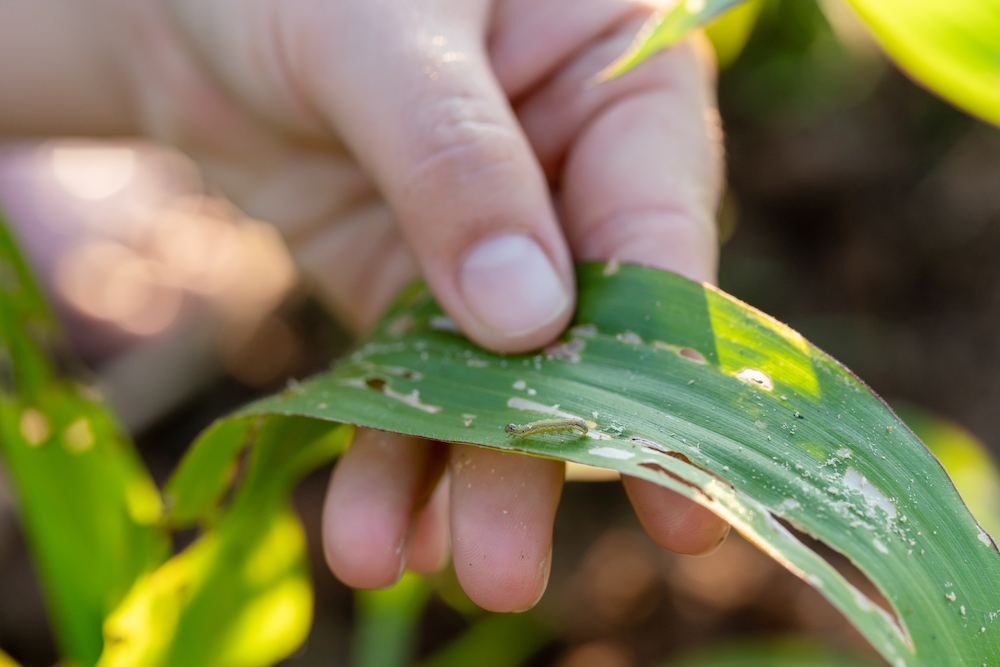
Ian McColl, chair of NSW Farmers� biosecurity committee and a farmer from Koorawatha adds that farmers� lack of experience with the pest is also an issue.�
�There is quite a level of concern because FAW is very much a sleeper in that it can turn up and it can do a lot of damage in a reasonably short period of time,� Ian says. �But it also depends on seasonal factors, climatic conditions and many other things that go with it and because it�s not well known at this stage, people haven�t had a lot of experience with it.�
Ian echoes Lisa�s concerns about insecticide resistance and looks forward to more insecticides that are effective against FAW becoming available.
�Rotation of chemicals is something as an industry that we�re putting more effort into because it�s vital to maintain the sustainability of the industry,� he says.
�There has certainly been a push into more integrated pest management systems and given that in many cases, we do have limited access to chemicals, resistance has been an issue for a considerable period of time. Resistance can be managed, but clearly the greater availability of products that we have helps that whole long-term sustainability of the production�system.�
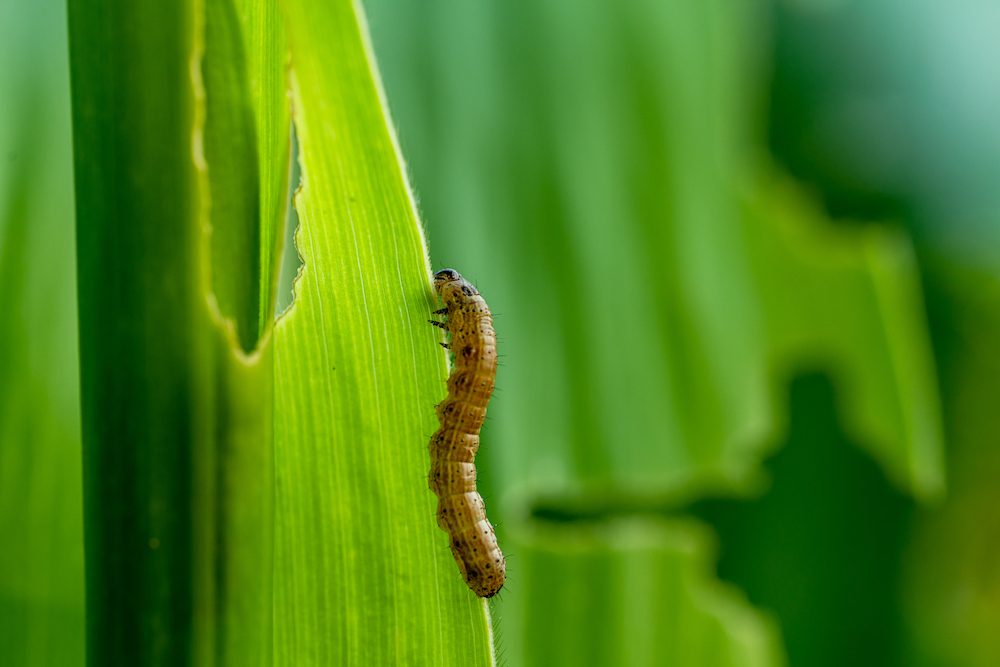
Fighting back with an egg-destroying wasp
While there is no doubt that new insecticides will be part of the response to FAW, farmers are increasingly looking at bio controls such as a Fawligen, an organically certified pesticide that contains a species-specific virus that oozes out through a caterpillar�s skin as the larva disintegrates.�
Ladybirds, lacewings, pirate bugs and the tiny parasitic Trichogramma wasps have also proven to be effective biological allies against FAW, as they have the ability to get under the leaves, into the nooks and crannies where droplets of chemicals can�t reach.
Bugs for Bugs� Paul Jones breeds beneficial insects for mass release on farms. Because of the labour involved in rearing mass beneficials, the cost of the bugs is roughly equivalent to chemicals but there isn�t the labour of spraying.�
In addition, if the beneficials are managed carefully they will persist in the environment and remain as a biocontrol rather than being a one-off application of an insecticide.

To this end, Bugs for Bugs also provides consulting services to help farmers get the best results from those releases by carefully managing factors such as insecticide use.
�We�re actually adding to the natural level of beneficials that will attack fall armyworm eggs, so our business is to mass rear beneficials and offer expert advice to help the client or the growers to do all they can to enable as much beneficial insect activity in the block as possible,� says Paul.
�The more diversity of beneficial insects, the greater the density of beneficial insects, the more likely we can get good bio control of this pest. That requires a bit of management and advice from the grower and advice from us.�
If you enjoyed this feature on fall armyworm you, might like this story on the threat of illegal cactus plants.


